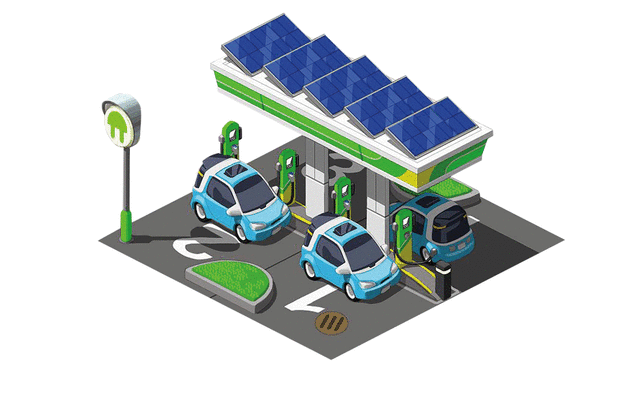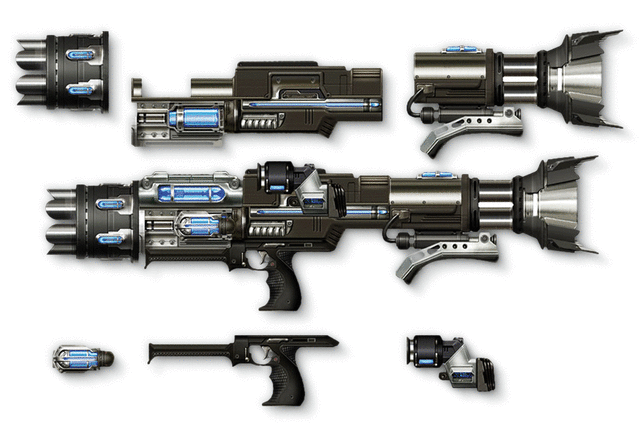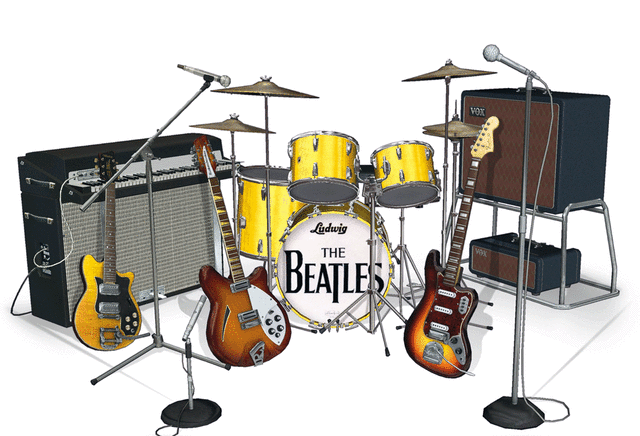Halo's Virtual Props
video games now rake in $9 billion a year and consume as much electricity as San Diego. As always, size brings a basic problem: outfitting ever-more-vast and complicated (albeit imaginary) space.
Portland’s Liquid Development thrives in the industry’s margins: its 40 employees and 300 or so freelance artists create the detailed ephemera—props, character costumes, and backdrops—that bring games to life. Anyone who dabbles in the urban-planning game CityVille on Facebook (as about 16 million people do) might “build” a skyscraper designed by Liquid. To pretend to be George Harrison with The Beatles: Rockband, a player uses Liquid’s virtual Rickenbacker. This fall, the firm created futuristic armor for Microsoft’s Halo 4, one of the most hotly anticipated releases in industry history.
“Game developers will call us up and say, ‘Hey, we need a bunch of characters,’” says Stefan Henry-Biskup, Liquid’s 47-year-old creative director, “or weapons, or vehicles, or rooms. We give them the ability to focus on their project without having to worry about making 100 things.”

Image: Courtesy Liquid Development
Electric cars and urban dreamscapes
CityVille “One day we’ll be designing sports stadiums, and then the next it’s Thanksgiving turkey farms or Las Vegas nightclubs.”

Image: Courtesy Liquid Development
“Space-western” weaponry
Borderlands 2 “ Players plug one part of a gun into another to make detailed combinations,” Henry-Biskup says. “The designers like to say the game has billions and billions of guns. We designed half of those components, so I guess we built billions of guns!”

Image: Courtesy Liquid Development
Paul McCartney’s bass
The Beatles: Rockband “When we were building Paul’s bass, we got notes from the president of Rickenbacker: it was sanded and painted psychedelic colors in one particular year, where to put a crack in the lacquer, whether to use a Phillips or flathead screw. It’s the Beatles—people pay attention.”



